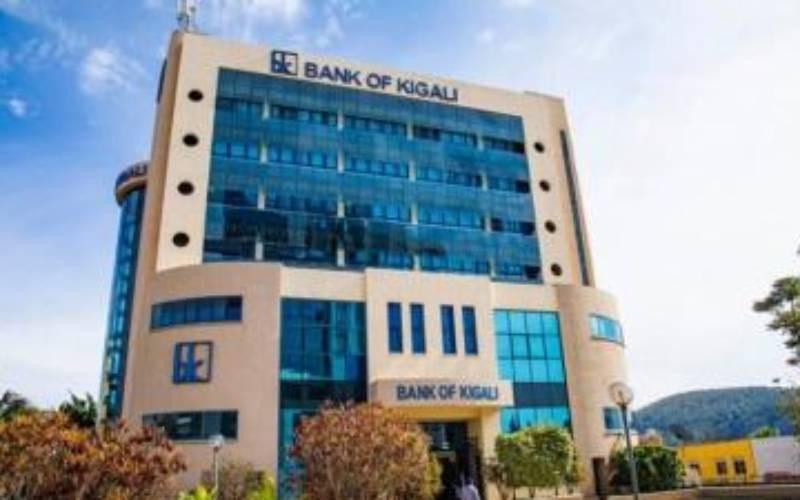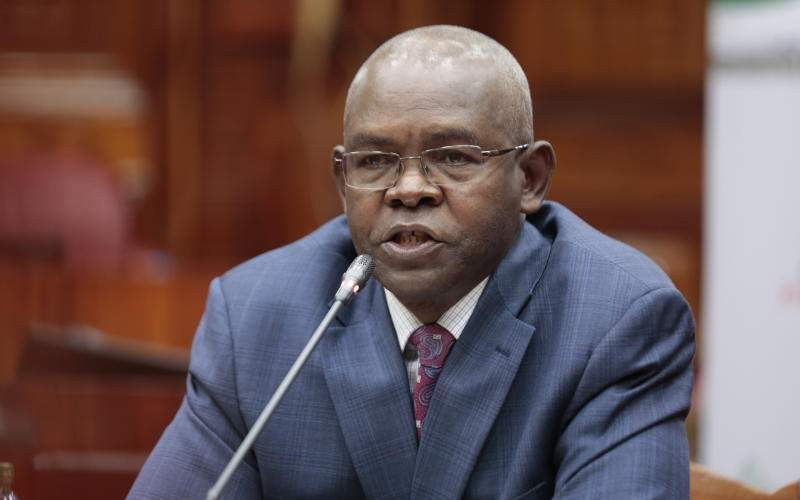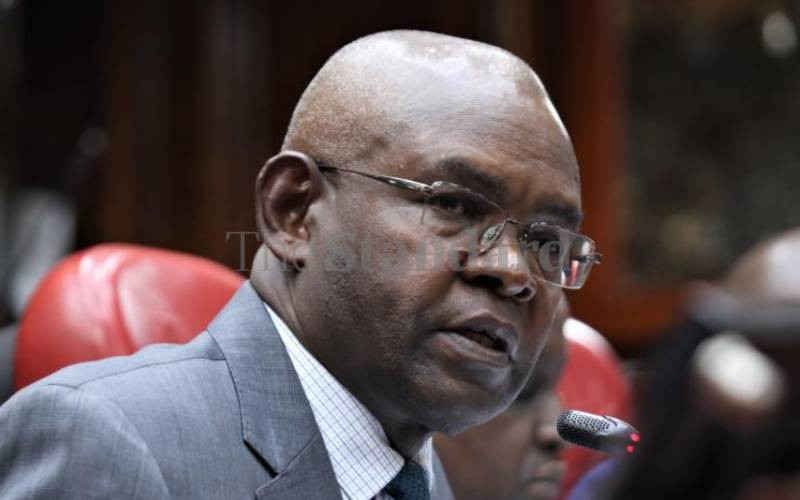When the Central Bank of Kenya cut its benchmark-lending rate by 150 basis points for the first time in 18 months to 16.5 per cent, there was a sigh of relief from borrowers.
Economists had warned that restrictive monetary stand was hurting economic growth. They held there was need to ease to support investments and economic growth.
High interest rates since the second half of last year have subdued growth in the economy, including trade and slowed down house construction in the mid-income segment. Developers had to shelve their plans with higher financing costs and refinancing failing to come through.
Since December 2012, CBK maintained the Central Bank Rate (CBR) at 18 per cent to save the shilling, which had depreciated to a low of Sh107 to the US dollar in mid-October and hold inflation which had risen to a 19.7 per cent high in November.
To help borrowers cope with the increased commercial loan interest, the Ministry of Finance, Central Bank, and Kenya Bankers Association implemented measures such as extending loan tenors and capping interest at 20 per cent. While high rates reduce inflation by checking money in circulation and therefore reducing demand for goods and services, it also slows economic growth.
The Kenya National Bureau of Statistics data showed overall month-on-month inflation dropped to 10.05 per cent in June from a high of 19.72 per cent in November last year. Since inflation, which has been CBK’s biggest worry, has slowed down, it is paramount the high rate must now be reduced to stimulate economic growth, by making it easier to borrow to either invest or consume.
It is important, however, to note that going forward, the only worry is that a cut in the rate could trigger another bout of inflation because of increase in money supply.
This will largely depend on how quickly banks adjust their own lending rates. It is a tough balancing act: Banks are known to be swift to adjust rates upwards, but slow to lower them when fundamentals demand. Some banks have adjusted their rates downwards, though marginally. But there is room for even bigger cuts to boost the struggling economy, which is also reeling from the effects of the euro zone crisis.
The Kenya Bankers Association, the industry’s umbrella body, has promised that commercial banks will cut rates but their response to a change in the policy-lending rate cannot be instant. The group’s chair Richard Etemesi said he expects an adjustment in base rates at the end of July and early August.
Standard Chartered Bank, the country’s fifth biggest lender by market value, announced that it would cut its base rate by 1.5 percentage points in reaction to the lowering of CBR. Barclays Bank also said it will cut the base rate from 22.5 per cent to 21 per cent from August 1.
Standard Bank Group Ltd, CfC Stanbic Bank Ltd, Bank of Baroda, and Commercial Bank of Africa are some of the lenders that have cut their base lending rates by 1.5 percentage points.
Other banks, some which account for the biggest share of the loans portfolio, are yet to respond.
The average base lending rate stood at 23.1 per cent as of last week, which analysts say threatens loan repayments in a slow economy.
Already, the appetite for borrowing has waned in what has seen the total industry loan book stagnate at Sh1.2 trillion since September last year to April. This helped cut economic growth in the three months to March to 3.5 per cent compared to 5.1 per cent over a similar period a year earlier, dented mainly by inflation and high interest rates. The economy recorded reduced activities in the construction, manufacturing, and finance sectors, attributed to expensive credit.
Kenya National Bureau of Statistics first quarter 2012 report said Kenya’s construction sector slowed down during the period, weighed down by high cost of borrowing, with the trend expected to continue for months.
Stay informed. Subscribe to our newsletter
It said the sector recorded 3.2 per cent growth compared to seven per cent during the same period in 2011.
 The Standard Group Plc is a
multi-media organization with investments in media platforms spanning newspaper
print operations, television, radio broadcasting, digital and online services. The
Standard Group is recognized as a leading multi-media house in Kenya with a key
influence in matters of national and international interest.
The Standard Group Plc is a
multi-media organization with investments in media platforms spanning newspaper
print operations, television, radio broadcasting, digital and online services. The
Standard Group is recognized as a leading multi-media house in Kenya with a key
influence in matters of national and international interest.
 The Standard Group Plc is a
multi-media organization with investments in media platforms spanning newspaper
print operations, television, radio broadcasting, digital and online services. The
Standard Group is recognized as a leading multi-media house in Kenya with a key
influence in matters of national and international interest.
The Standard Group Plc is a
multi-media organization with investments in media platforms spanning newspaper
print operations, television, radio broadcasting, digital and online services. The
Standard Group is recognized as a leading multi-media house in Kenya with a key
influence in matters of national and international interest.









